Cat Care
Cat Care is your go-to resource for keeping your cat healthy, comfortable, and content. From grooming and nutrition to health, training, and travel, you’ll find practical tips to help with everyday care. Whether you’re raising a kitten or supporting a senior, this section covers the essentials to help your cat thrive.

The Aging Cat
Most well-cared-for pet cats can live to age 14 or 15, with some occasionally reaching 20. Life expectancy is increasing ...
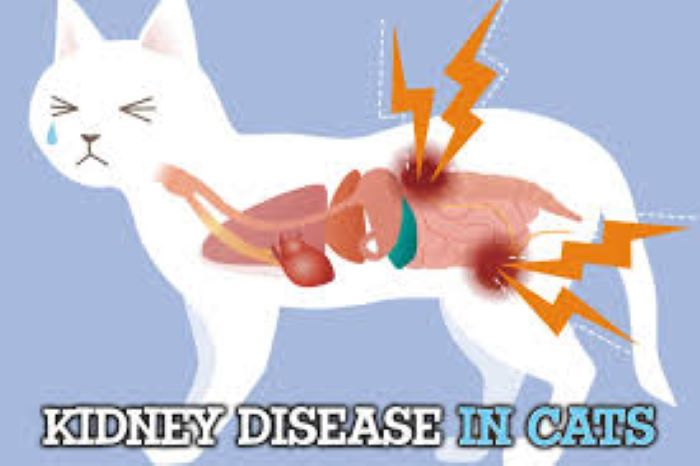
Kidney Disease
The kidneys are responsible for eliminating waste products produced by the body’s normal metabolism. If they fail to perform this ...
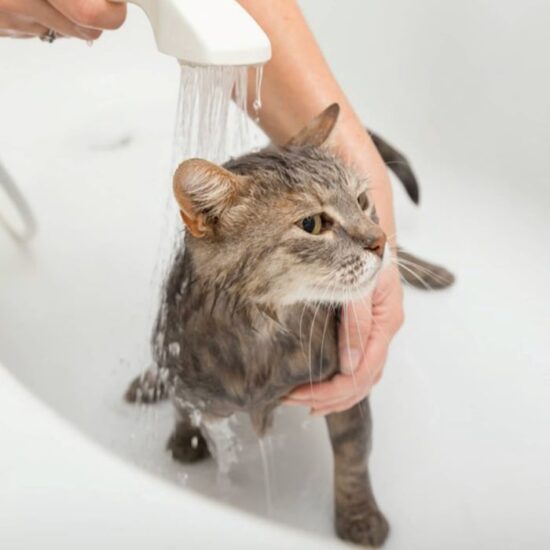
How to Bathe a Cat
Cats should be bathed when one or more of the following situations develop: Accumulation of excessive dirt, grease, or other ...

Cat’s Neurodermatitis
Feline neurodermatitis results in hair loss and/or skin irritation due to nervous licking and chewing. The highly emotional breeds of ...
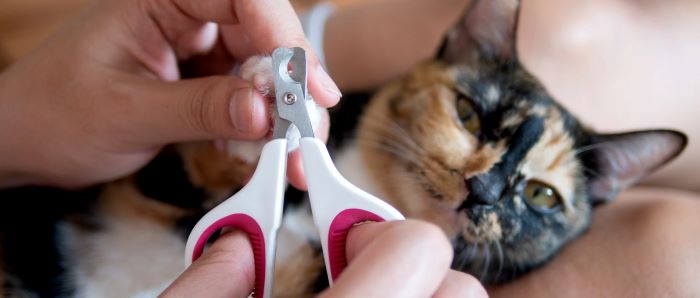
Nail Trimming
As part of a routine grooming program, you should perform a nail trim on your cat, every 2 to 3 ...
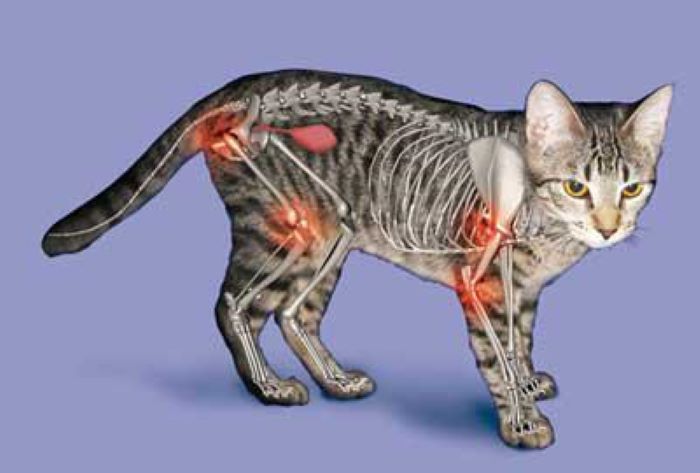
Arthritis Due to Autoimmune Disease
Sometimes, an overactive immune system can lead to an arthritic condition. In these instances, immune complexes consisting of antibodies coalesce ...
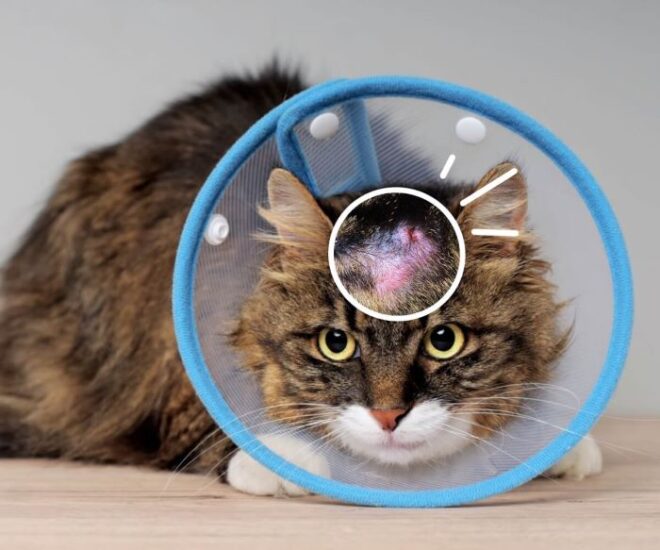
Fungal & Bacterial Infections in Cats: Prevention and Care
Like all living things, cats can suffer from bacterial and fungal infections. Felines groom themselves constantly, exponentially increasing their exposure ...

Checking Your Cat’s Health at Home
Do you worry about your pet’s health even when it appears healthy? Your veterinarian can ensure that your cat is ...

First Encounters With Kittens
Your new pet’s first encounters with the rest of your family are important. Be sure that initial introductions, be they ...
